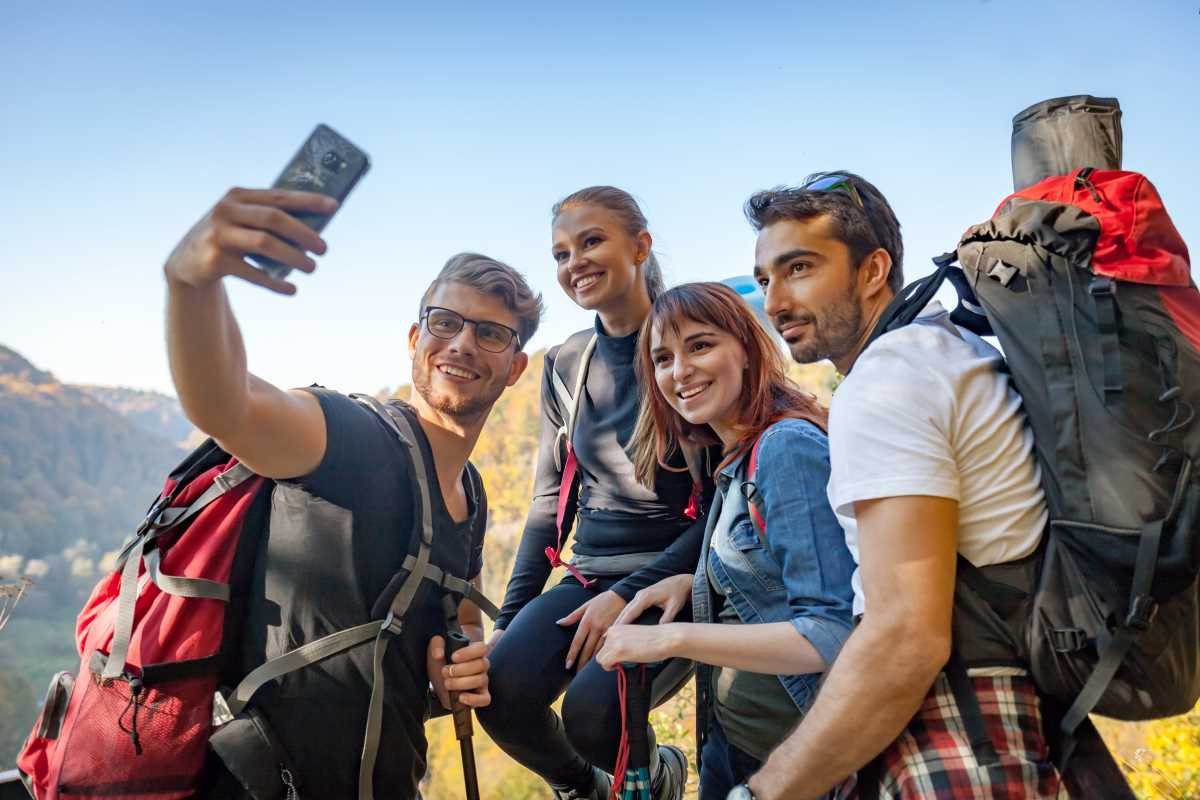Gathering with friends for a walk through the woods brings an unmistakable sense of excitement—cool air fills your lungs, cheerful voices echo among the trees, and each bend in the trail hints at something new to uncover. As you cross bubbling streams or wander into lush clearings, the experience of sharing a winding path brings everyone closer together. Each step encourages you to notice the details of your surroundings, from the sunlight filtering through leaves to the small surprises waiting along the way. Together, you share laughter, swap stories, and create lasting memories beneath the open sky, making every moment on the trail feel special.
Discovering Your Trail’s True Charm
- Unearthing Local Legends through Terrain. Trace ridges and riverbanks, focusing on how ancient pathways once served settlers, wildlife, or traders. Observe subtle signs like worn stones or faint wooden planks and ponder their origins. Seek out spots where sunlight filters in a particular angle—often those align with old clearings or meeting points. Keep a simple map in hand to chart these hidden waypoints and swap notes with your group.
- Insider tip: mark each point with a distinctive doodle to spark conversation around camp later.
- Interpreting Plant Communities as Storytellers. Notice clusters of ferns growing beneath towering pines or patches of wildflowers hugging rocky outcrops. Each combination hints at soil depth, moisture patterns, or past disturbances like fallen trees. Record these observations in a shared notebook, linking names to locations. Collaborate to sketch leaf shapes or note color gradients, and later compare with field guides for deeper context.
- Insider tip: snap photos of leaf undersides—you’ll find identification often relies on tiny hairs or vein patterns.
- Pursuing Natural Soundscapes for Immersive Moments. Pause often to close your eyes and isolate individual sounds—rippling streams, distant birdcalls, the rustle of leaves overhead. Jot down notes describing volume and direction. Encourage each member to mimic a call or hum a tune based on what they hear; these playful exercises heighten collective awareness. Build a mental sound map by drawing simple arrows toward sources.
- Insider tip: carry a wind-blocking microphone cover to capture crisp audio clips for later playback around the campfire.
Key Mindset Changes for Group Trails
Discovering a trail’s charm depends on flexible perspectives. Replace rigid itineraries with adaptable milestones—embrace possibilities over set schedules. When one person finds a photogenic rock formation or a hidden grove, pause travel plans and let curiosity guide the collective pace. View detours not as delays but as spontaneous chapters in your group saga.
Working together works best when each hiker feels comfortable proposing tweaks or suggesting alternate routes. Cultivate an atmosphere where raising questions about pace, rest stops, or water availability becomes routine. Frame every suggestion as part of shared stewardship, reinforcing that every voice enriches the journey. An inclusive exchange of ideas transforms a linear trek into a communal story woven from diverse insights.
Practical Hiking Guide
- Route Marking and Live Map Updates. Carry a waterproof trail map and a set of colored chalk markers to annotate trail junctions. At each fork, one person sketches a simple arrow or symbol on nearby rocks or trail signs. Record GPS coordinates on a phone app, syncing with the group’s shared cloud folder within minutes. This practice ensures that if someone veers off, the rest can backtrack confidently.
- Insider tip: choose chalk colors that contrast with bark tones; bright turquoise or neon orange stands out under dappled light.
- Hydration Station Rotations. Assign each hiker a 15-minute slot to operate the makeshift hydration point at natural rest stops. One person sets out filtered water systems, another distributes electrolyte tablets, and a third collects empty bottles for proper disposal. Rotate roles so everyone gains hands-on familiarity with the water filter setup, testing flow rates and cleaning protocols.
- Insider tip: pre-measure electrolyte powder into small reusable pouches labeled by weight to speed up mixing without needing scales on the trail.
- Group Pacing with Rhythmic Steps. Create a unified walking rhythm by calling out a simple beat (e.g., left-right, left-right) aligned to songs or drum loops stored on a smartphone. Each hiker matches their stride to the beat, minimizing sudden stops or surges. Record tempo in beats per minute and adjust every hour based on trail steepness—slower tempos uphill, quicker tempos on flat sections.
- Insider tip: choose instrumental tracks with a clear, consistent backbeat to prevent unexpected tempo shifts.
- Micro-Navigation Exercises. Before entering dense forest segments, practice quick compass-and-map exercises. One hiker reads a bearing, another holds the compass steady, and a third translates that to the topographic map. Complete the cycle under two minutes to keep momentum. Over time, speed improves and group confidence rises.
- Insider tip: create simple flashcards with compass rose diagrams and common bearing conversions for spur-of-the-moment refreshers.
- Signaling and Role Rotation in Emergencies. Carry three different signaling tools: a reflective mirror, a high-decibel whistle, and a compact signal beacon with strobe mode. Assign a signaling officer for each hour-long block, ensuring everyone learns operation and battery checks. Practice response protocols: mirror flashes trigger headcounts, whistles request immediate freeze-and-locate, and beacons summon rescue if no in-group response follows.
- Insider tip: practice mirror reflections onto pant legs to see how minor angle shifts affect visibility at distance.
Gear Checks That Make a Difference
Before leaving, spread every essential item across a tarp and follow a simple checklist: shelter, hydration, navigation, first aid, and lighting. Inspect seams on tarps and hydrate packs for leaks. Confirm that every handheld device runs on fresh batteries and test light beams in a shaded area. A quick hands-on trial prevents surprises after departure.
Conduct a weight audit by redistributing heavy gear evenly. Small tears or loose straps can slow the group down when someone struggles with imbalanced loads. Replace frayed straps with climbing-grade cord or add padding where needed. Each adjustment enhances comfort and lessens collective fatigue.
Coordinating and Managing Logistics Smoothly
Smooth logistics start with a shared schedule, clear roles, and real-time coordination through group chats and location sharing. Assign a timekeeper and plan micro check-ins to keep everyone in sync. These simple systems build trust, reduce stress, and make your group hike more enjoyable and memorable.







